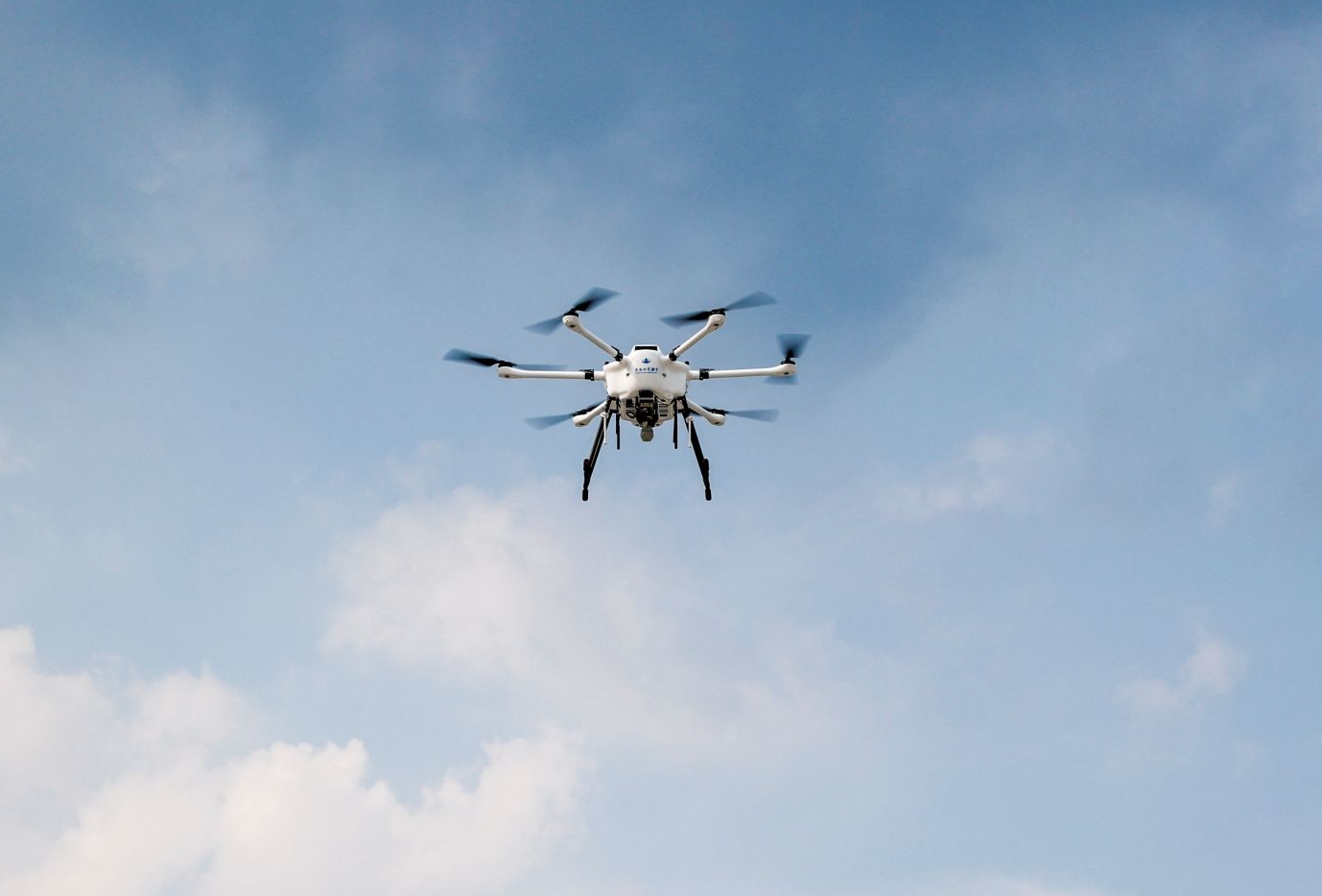Russia has introduced a novel type of drone in its ongoing war with Ukraine. Unlike conventional drones that rely on radio waves to communicate with the control center, these new drones employ fiber-optic cables.
The move is a direct response to Ukraine’s successful efforts in jamming Russian drone communications. By disrupting radio signals, Ukrainian forces have rendered Russian drones less effective in surveillance and reconnaissance missions.
Fiber-optic cables offer a high-speed, high-fidelity data transmission, making these drones immune to electronic jamming. This allows Russia to maintain constant surveillance, even in areas heavily saturated with jamming equipment.
However, this technology faces certain limitations. The length of the fiber-optic cable restricts the drone’s range and payload capacity. Additionally, the cable can hinder the drone’s maneuverability.
Despite these drawbacks, fiber-optic drones prove invaluable in high-jamming environments, enabling reliable data transmission and enhancing situational awareness.
Russia is not alone in exploring this technology. Singapore-based Skywalker offers a range of fiber-optic drones, including kamikaze models, while German company HIGHCAT is currently testing its fiber-optic drone in Ukraine.
As the war in Ukraine continues, both sides are compelled to develop increasingly sophisticated technologies to gain a tactical advantage. The use of fiber-optic drones highlights the ongoing arms race and the relentless pursuit of technological superiority.









